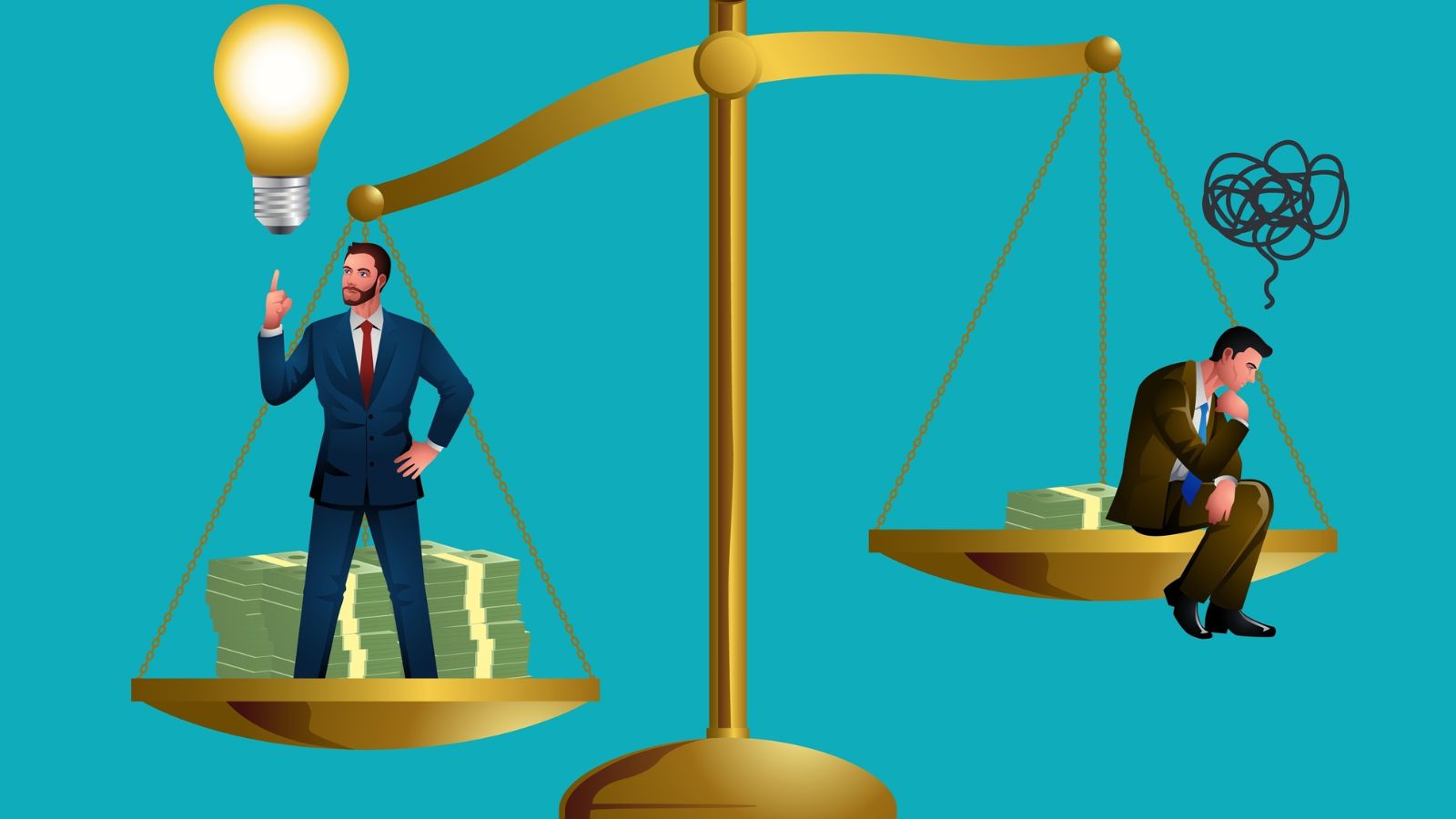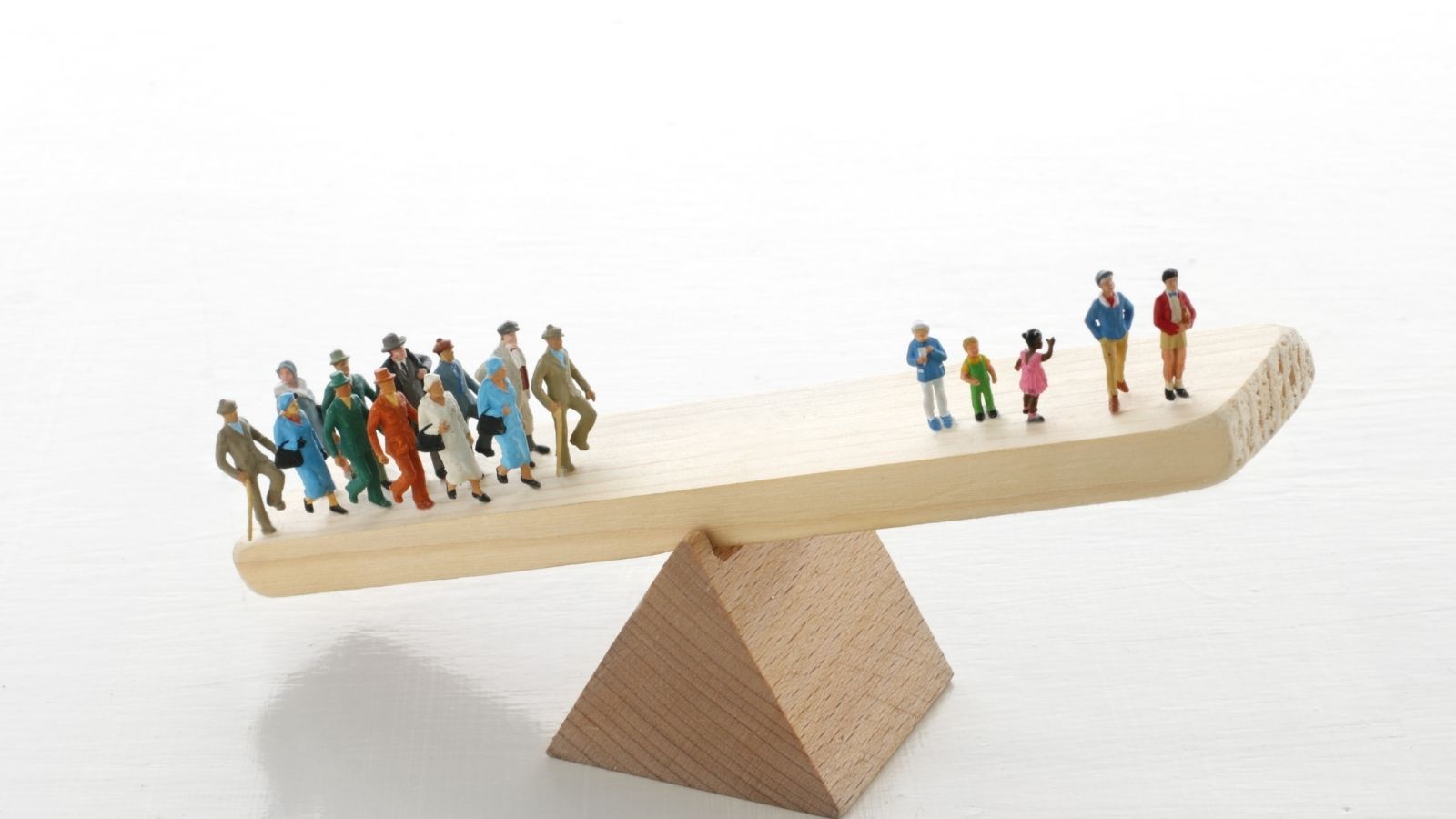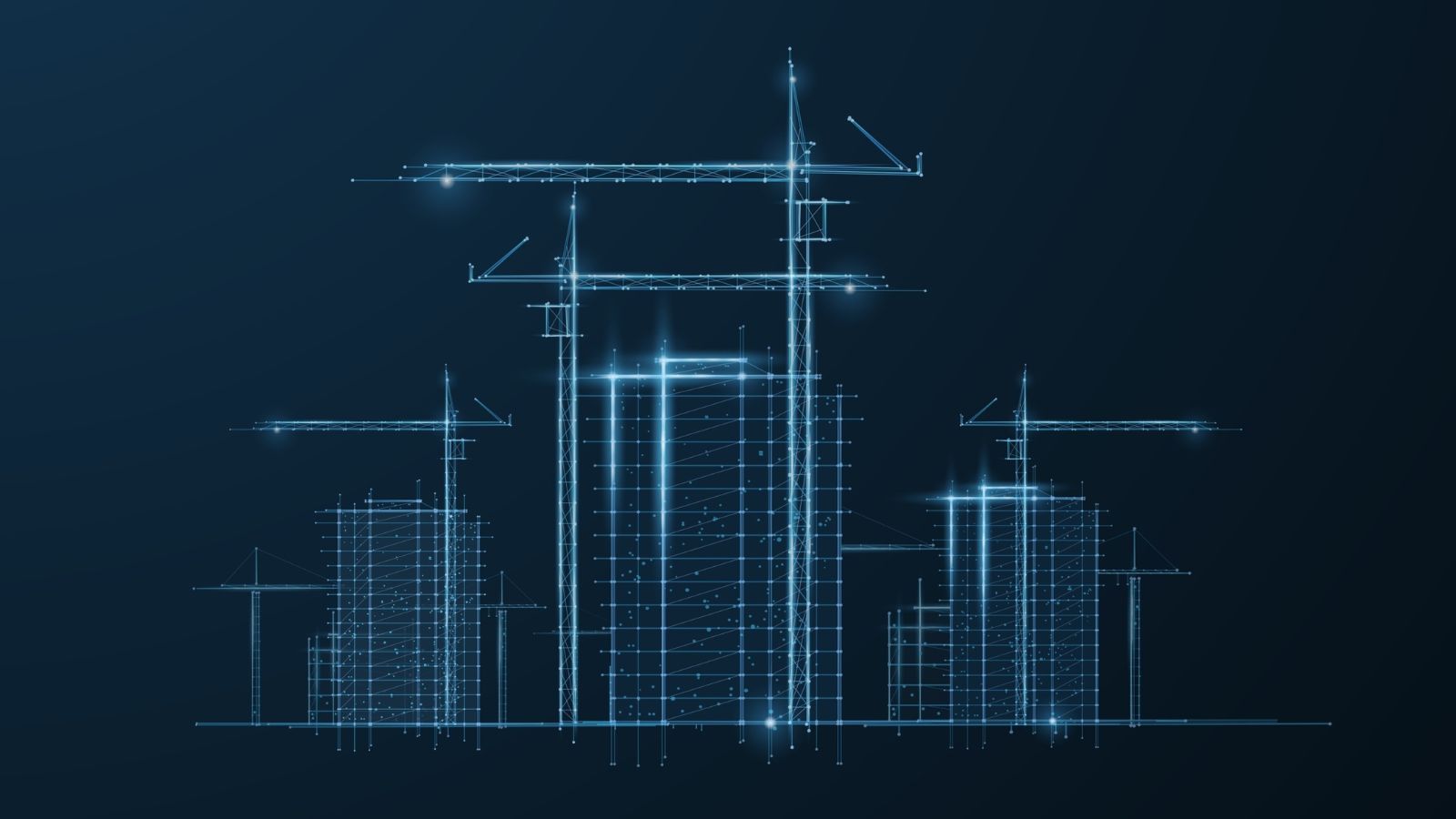The middle class is the backbone of any society, surviving on a narrow margin. With ever-increasing inflation and socioeconomic instability, the middle class’s survival is declining. A healthy social balance requires a strong middle class, as it plays a vital role in cultural development and economic growth. It is crucial for stabilizing consumer power, financial stability, education, occupational diversity, and social mobility. The shocking shrinkage of the middle class is due to several factors, some of which are outlined below.
Job Automation

Advancements in technology have created new job opportunities, but machines and modern technologies are replacing many middle-wage jobs. Automation, while accelerating industrialization and business growth, is a crucial reason the middle class is shrinking. Jobs that once provided steady income for middle-class workers are disappearing at an alarming rate.
Income Inequality

Most middle-class individuals rely on jobs for their income. However, the decline in job opportunities and stagnant wages have failed to keep pace with inflation, causing a significant drop in the middle-class population. According to a survey, the middle class has shrunk from 61% to 50%. The widening gap between the rich and poor has exacerbated this decline.
Globalization

While globalization has brought many benefits, it has also had negative consequences, including job displacement. Many jobs have been outsourced or automated, reducing opportunities for middle-class workers to maintain their status. This has had a direct impact on their ability to sustain their livelihoods.
Stagnant Wages

Ideally, wages should rise in proportion to inflation. However, wages have remained stagnant, failing to keep up with the rising cost of living. This disparity between wages and inflation has created financial stress, making it difficult for the middle class to maintain their standard of living.
Tax Policies

Tax policies have disproportionately targeted the middle class. These biased and unbalanced tax systems are eroding the middle class, further widening the gap between social classes. As a result, the middle class continues to shrink, burdened by policies that favor the wealthy.
Increasing Living Costs

Economic instability has affected people worldwide. Grocery prices, house rents, and other essential expenses rise significantly each month while wages remain stagnant. This makes life increasingly difficult for the average person. According to recent data from the Consumer Price Index, prices have increased by 3% from June 2023 to June 2024, placing even more strain on middle-class households.
Limited Access to Education

Quality education has become increasingly inaccessible due to inflation, affecting every life sector, including education. Education, once seen as the foundation of a nation’s well-being, is now available to only a limited portion of the population. This limitation has widened the gap between social classes and diminished middle-class families’ overall quality of life.
Expensive Healthcare

Inflation has impacted all areas of life, including essential services like healthcare. Despite significant advancements in the medical field, healthcare remains unaffordable for many middle-class individuals. This inaccessibility has placed immense pressure on families struggling to meet their healthcare needs, forcing them to make tough financial decisions.
Financial Deregulation

Financial deregulation, which began in the 1970s and accelerated in the 2000s, has played a major role in the shrinking of the middle class. Increased income inequality, higher banking fees and interest rates, job market instability, and decreased economic mobility have all contributed to the financial strain faced by middle-class families.
Housing Market Pressure

Homeownership is a critical component of middle-class wealth. However, in today’s world, where owning a small piece of land is considered a luxury, buying a home has become nearly impossible for many. The rising cost of real estate has shaken the foundations of the middle class, making it difficult for them to accumulate wealth through homeownership.
Economic Shocks

Since the COVID-19 pandemic, the global economic situation has changed dramatically, leading to long-lasting effects that have been difficult to reverse. The middle class has been particularly hard-hit by recessions, global economic shifts, and financial crises, all of which have contributed to the current uncertainty surrounding their future.
Change in Family Structure

The challenges facing the middle class are not purely economic. Social factors, such as changing family structures, have also played a role. The internet age has contributed to a shift in family values and dynamics, which were once the cornerstone of middle-class households. This has further weakened the stability of the middle class, adding to their struggles.
Consumer Debt

Middle-class families often find themselves trapped in a cycle of debt, from personal loans to credit card debt. This financial burden makes it difficult for them to achieve stability as they struggle to pay bills and manage household expenses. The growing burden of debt has made it increasingly difficult for the middle class to escape financial instability.
Aging Population

In today’s fast-paced, technology-driven society, senior citizens are often overlooked. Many older adults who once belonged to the middle class are now unable to earn a living, putting additional strain on their households. As the aging population grows, this demographic shift is contributing to the shrinking middle class, leaving many older individuals in precarious situations.
Urbanization

Urbanization has placed tremendous pressure on society, draining resources and making the average person’s basic necessities out of reach. High prices, job scarcity, and limited resources have created a hand-to-mouth existence for many middle-class individuals. This has further widened the gap between social classes, exacerbating the difficulties faced by middle-class families.
Austerity Measures

Governments around the world have implemented austerity measures in response to economic instability. These measures have reduced funding for social programs, disproportionately affecting middle-class families. As a result, the middle class is increasingly feeling the strain of budget cuts intended to restore balance but have deepened the economic divide.
Conclusion

Life has always been challenging, but since 2020, the world has entered a prolonged era of instability. While instability has always existed, its impact on society has increased significantly. The middle class, which serves as the absorbing class in society and is responsible for maintaining social balance, is shrinking faster than ever. The numerous factors outlined above continue to place immense pressure on middle-class families, leaving society more divided and uncertain.
18 Reasons Why People Are Leaving Florida in Masses

Exploring factors that impact the desirability of living in Florida, this list delves into various challenges shaping residents’ experiences. From environmental concerns like rising sea levels to economic factors such as fluctuating job markets, these issues collectively contribute to a nuanced understanding of the state’s appeal.
18 Reasons Why People Are Leaving Florida in Masses
